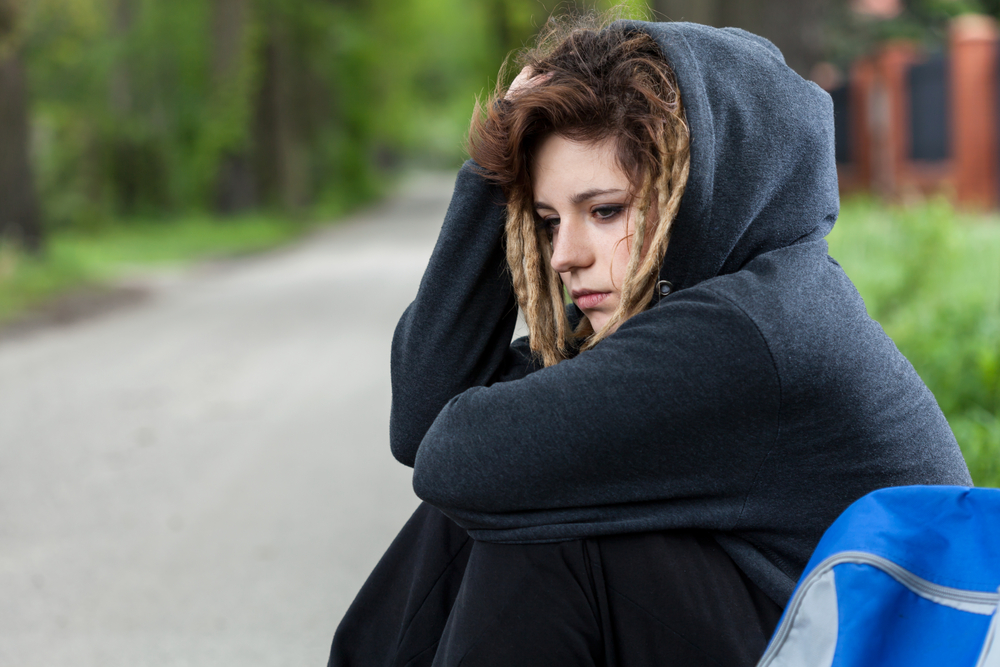What is self- harm and why do people do it
Self-harm is when a person intentionally injures their body in the form of for example cutting, scratching, burning, and bruising. Individuals use self-harm as coping mechanism to deal with emotional distress as it can serve as an escape, a distraction, help them feel in control, as well as it releasing the body’s naturals painkillers in response to the ‘harm’ so a soothing relief feeling is experienced. It can be addictive, secretive, lead social withdrawal and compound healthier coping mechanisms.
We already know that a growing number of teenagers self-harm, however, care providers are now seeing children from the primary school sector. The pandemic has led to massive challenges for children and teenagers, leading to a much larger number of pupils experiencing mental health problems, including self-harm. One could argue that in addition the increased use of social media by younger people has negatively impacted their mental health in a way not experienced by previous generations.
As such there is a growing belief that everyone should help with the increasing problem of self-harm – not just mental health professionals, and teachers are well placed to support pupils.
10 signs to look out for to spot a pupil may be self-harming:
- Covering their arms up in hot weather when you’d expect them to be in short sleeves
- Use of multiple plasters/coverings in one area to hide injuries
- Signs of a lot of scratching in one area (may use things like a needle, a paperclip or protractor)
- Unexplained bruising (especially the forehead due to head-butting)
- Cuts and bruising to knuckles through punching hard objects like walls
- Cuts or scratches to arms, thighs, torso (as these are more easily hidden)
- Oddly placed burn marks and more than one of them (may use a cigarette)
- An obvious change in their behaviour (consider in addition, signs of anxiety/ depression)
- Being interested in self-harm through questions and conversation, reading and videos
- Being withdrawn, isolating themselves when usually they would sit with others and not engaging in the lesson when normally they would.
A range of mental health charities and NHS services can help but GPs can be an important first point of call who can help or direct them to the most appropriate service.



